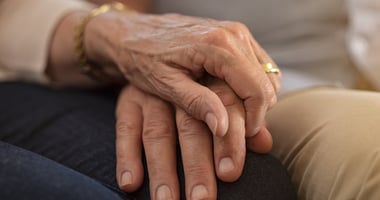Experts at AAGP Annual Meeting Offer Tips for Addressing Ageist Microaggressions

Wayles Haynes, M.D., M.F.A., an assistant professor of geriatric psychiatry at the University of New Mexico, described age-related microaggressions as commonplace verbal or behavioral indignities, whether intentional or unintentional, that communicate hostile, derogatory, or negative ageist slights or insults. “[They convey that] you’re invisible, you don’t belong, you’re not normal, you’re a burden,” she said. Examples include speaking to older adults in an infantilizing manner, refusing to hire someone because of age, or even making a perceived positive comment such as “you look good for your age.”
“Whether ageist microaggressions are targeted toward oneself or others or exist within institutions, think about what they are doing,” Haynes said. “What are the consequences? “What makes things harder … for our patients?”
Using roleplay and case vignettes, Haynes and other panelists in the session demonstrated strategies for responding to ageist microaggressions. These strategies are based on the 6D model of responding to racism, discrimination, and microaggressions:
- Direct, where the person addresses the microaggression in a verbal or behavioral way in the moment
- Distract, where the person changes the topic
- Delegate, where the person turns to someone else in the hierarchy to respond to it (i.e., an attending physician addressing a microaggression overheard by a resident)
- Defer, where the person chooses a later time to discuss the microaggression with the individual who committed it
- Display discomfort, where the person pauses a conversation after hearing a microaggression and nonverbally and subtly indicates that what was said did not “sound right,” and then continues the discussion, without directly confronting the microaggression
- Debrief, where the person discusses the microaggression with a peer or mentor to help process the experience.
Haynes noted that which strategy a witness or recipient of a microaggression chooses to use depends on several factors, such as whether the person belongs to a privileged demographic, whether the person is in a position of power, and the person’s own comfort level.
“All of these strategies are appropriate,” Haynes said. “You get to decide when you act and what you do. It’s a very individualized choice.”
For related information, see the Focus article “Check Your Ageism at the Door: Implicit Bias in the Care of Older Patients.”
(Image: Getty Images/iStock/KatarzynaBialasiewicz)
Don't miss out! To learn about newly posted articles in Psychiatric News, please sign up here.





